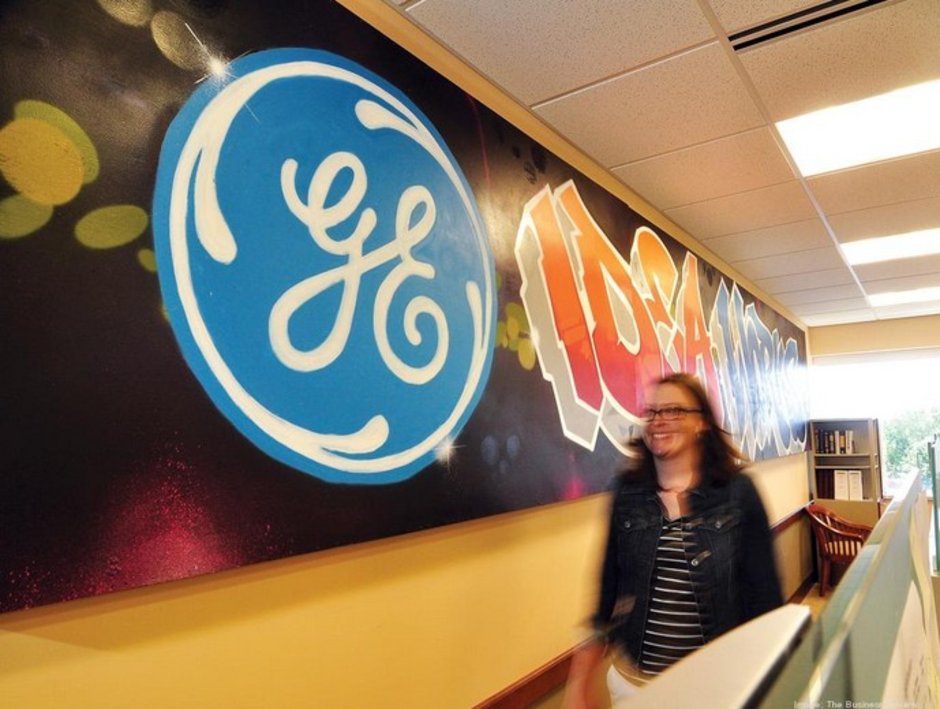Edward Herderick, additive technologies leader at GE's corporate supply chain and operations business, said the company is refining 3D printing for more core parts of its business. This comes as Jeff Immelt, chairman and CEO of General Electric (NYSE: GE), recently estimated a quarter of all GE components will be impacted by additive manufacturing.
Speaking at the Additive Manufacturing Industry Summit, a gathering of manufacturing, medical and aerospace industry looking into the potential of 3D printing at the Hope Hotel, Herderick laid out GE's strategy to use the technology more aggressively.
"We can make components in no-fail industries that are repeatable, affordable and comparable to traditional industries," Herderick said. "Every additive machine is like a foundry."
Earlier this month, GE announced its intent to acquire two 3D printing businesses — Germany's SLM Solutions Group and Sweden's Arcam —for $1.4 billion as a "vote of conference this industry will grow." GE also recently built a facility in Pittsburgh centered on additive manufacturing — a center that will help it "think additively," Herderick said.
GE says 3D printing technology hasn't changed the process. Each machine still must run in compliance with industry guidelines and parts must go through the same rigorous testing. The printing is the easy part, because wherever a 3D printer is taken, it still has to have supplies, trained operators and testing and measurement for parts. Using 3D printing as a business still takes tens of millions of dollars in investment, dozens of employees and years of training.
"It's a huge physical infrastructure investment, the same if you were investing in a foundry," he said.
But additive manufacturing is already changing things, Herderick said. Parts are being made more quickly and at a reduced cost.
One of GE's best-known 3D printed parts, the fuel nozzle for its LEAP aircraft engine, is set to be printed 35,000 times next year, and could be 100,000 by 2020, he said. The part is already flying on Boeing, Airbus and other aircraft.
Source: www.bizjournals.com
×


